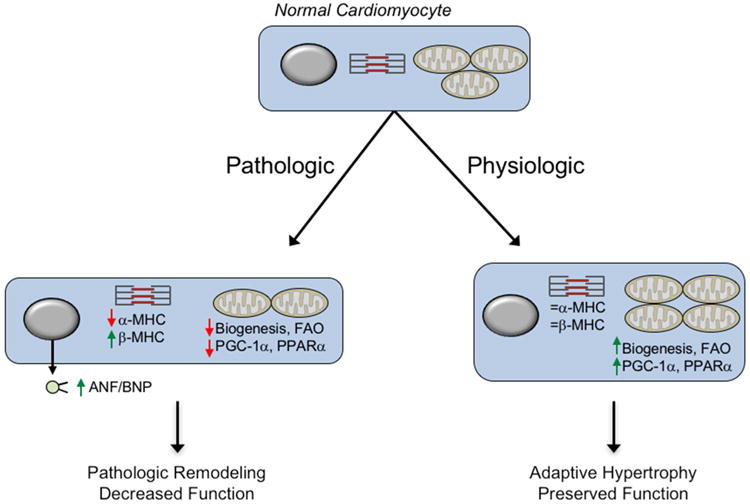Figure 2. Molecular and metabolic signatures distinguish pathologic and physiologic cardiac remodeling.

Different external stimuli trigger distinct growth programs in the cardiomyocyte. In response to hypertension or pressure overload (Pathologic), the cardiomyocyte activates a growth program characterized by the induction of a fetal gene program including increased natriuretic peptide expression and changes in sarcomere isoform gene expression. This program eventually leads to a more global pathologic remodeling including left ventricular dilation and diminished cardiac function en route to the syndrome of heart failure. In contrast, exercise (Physiologic) elicits a growth program without induction of the fetal-gene program and an increase in energy metabolic capacity that matches the increase energy demands imposed by chronic exercise. This latter program maintains normal cardiac function. MHC, myosin heavy chain; ANF, atrial natriuretic factor; BNP, brain natriuretic peptide; FAO, fatty acid oxidation; PPARα, peroxisome proliferator activated receptor α; PGC-1, PPARγ coactivator-1α.
